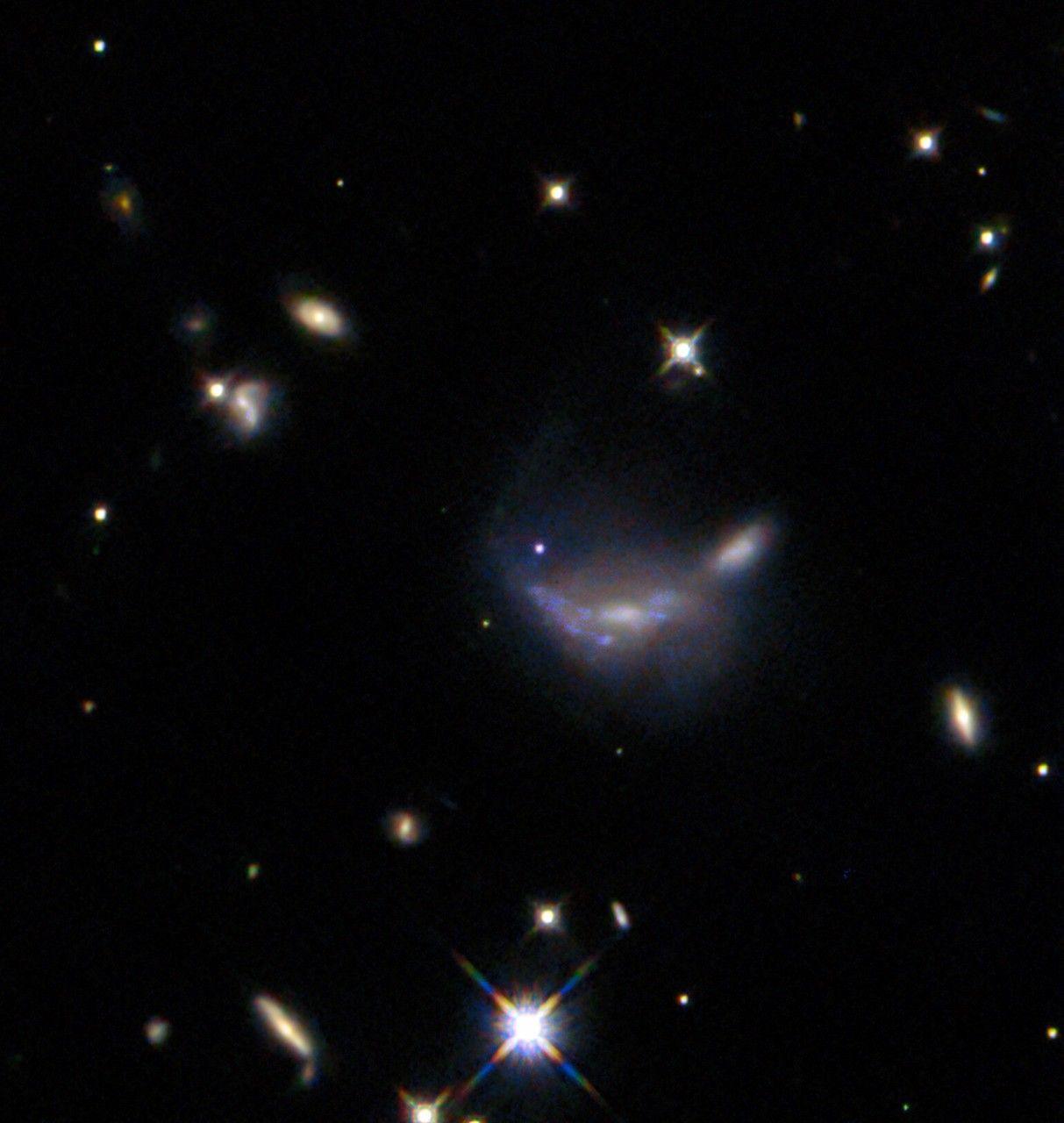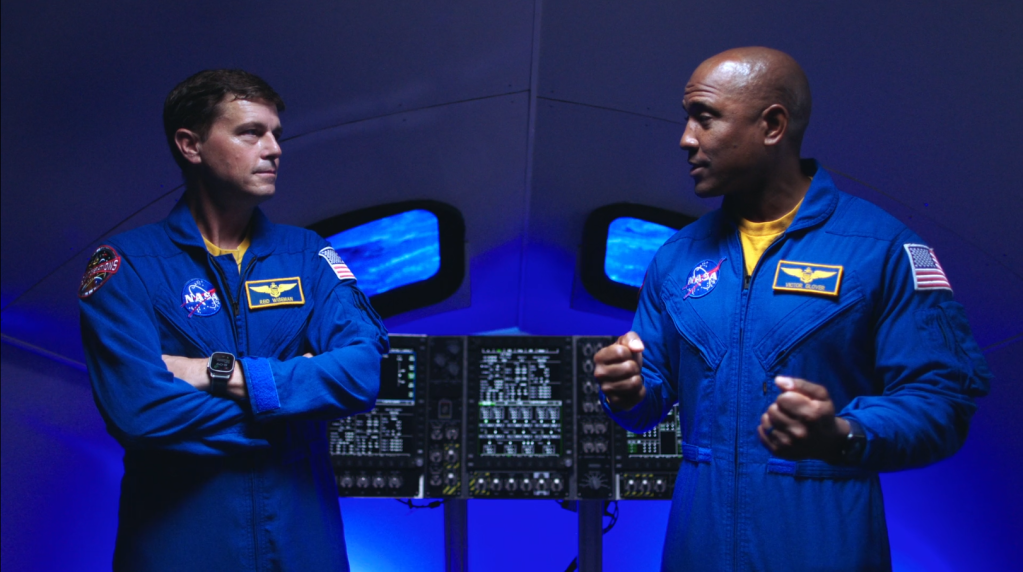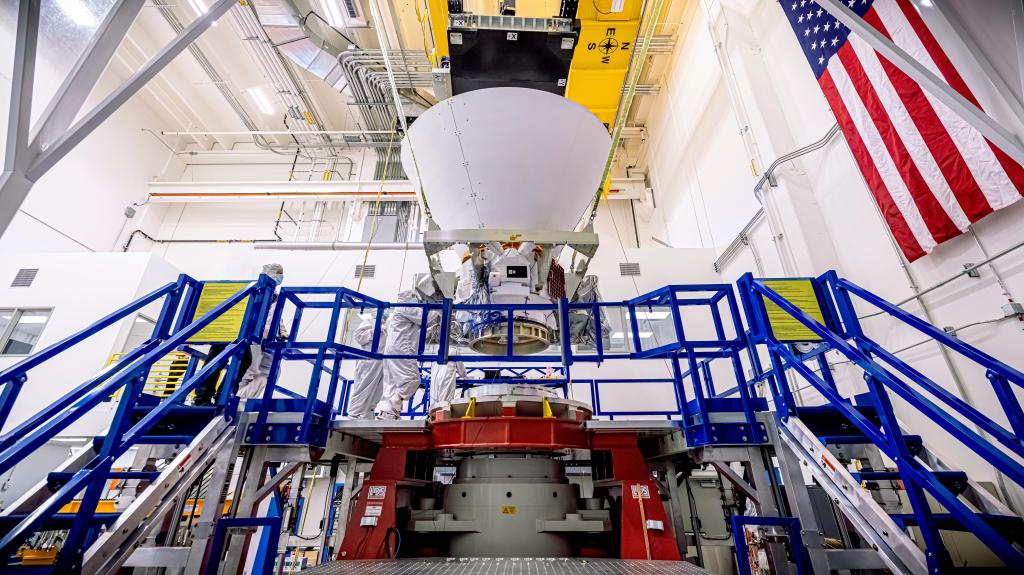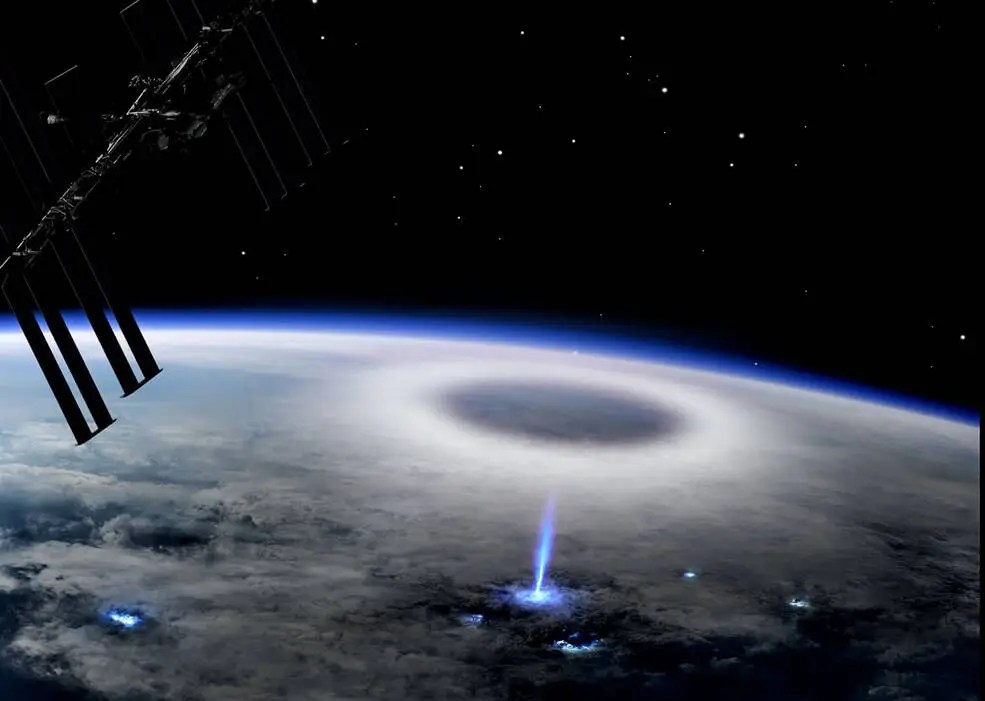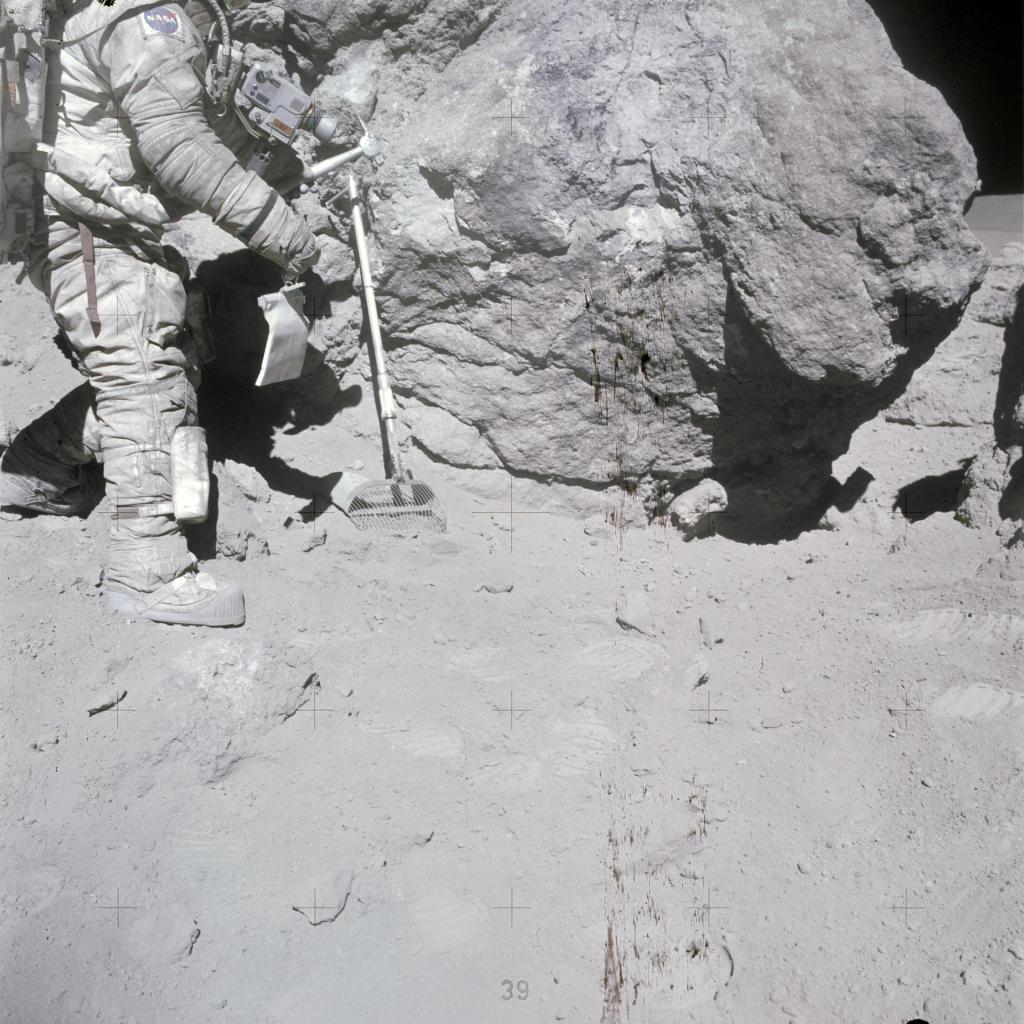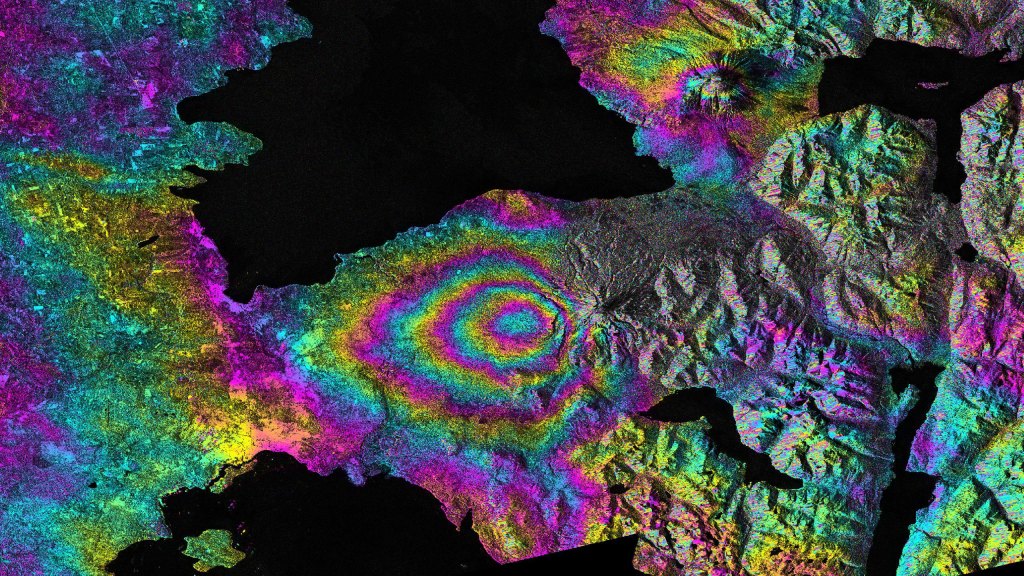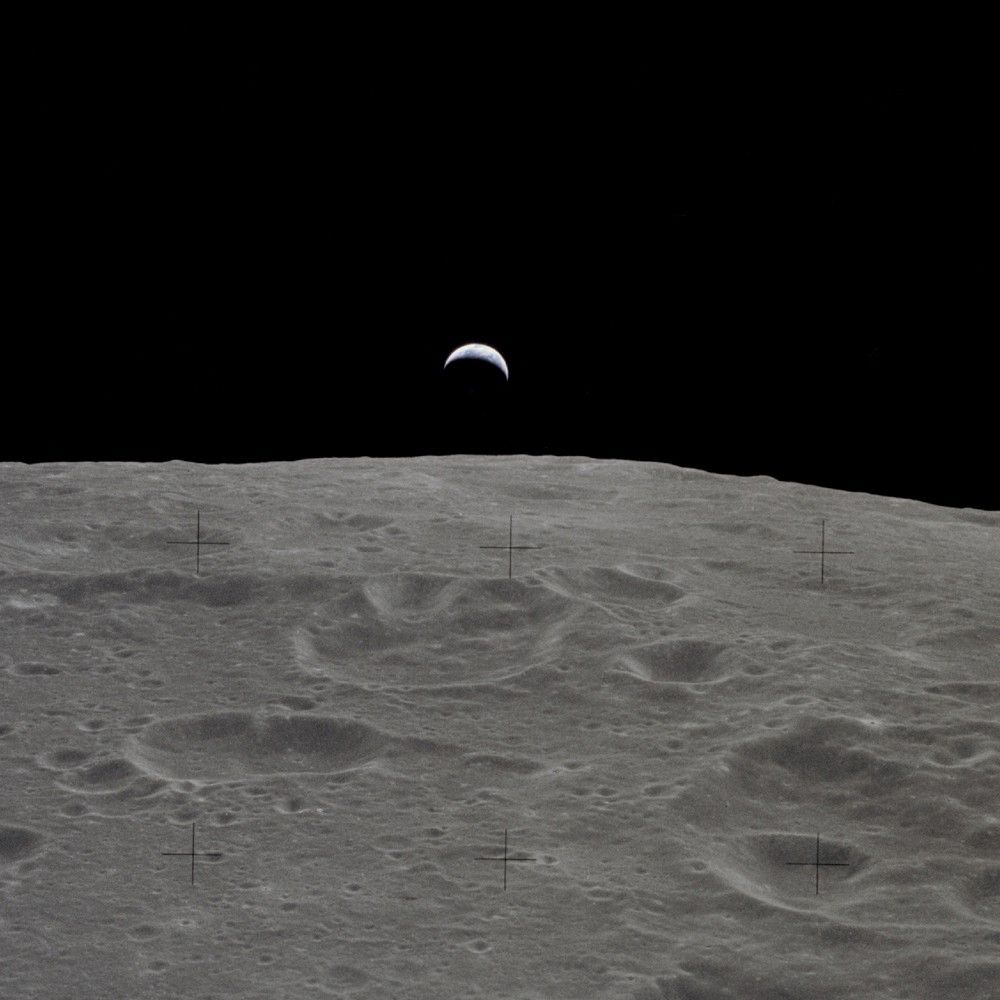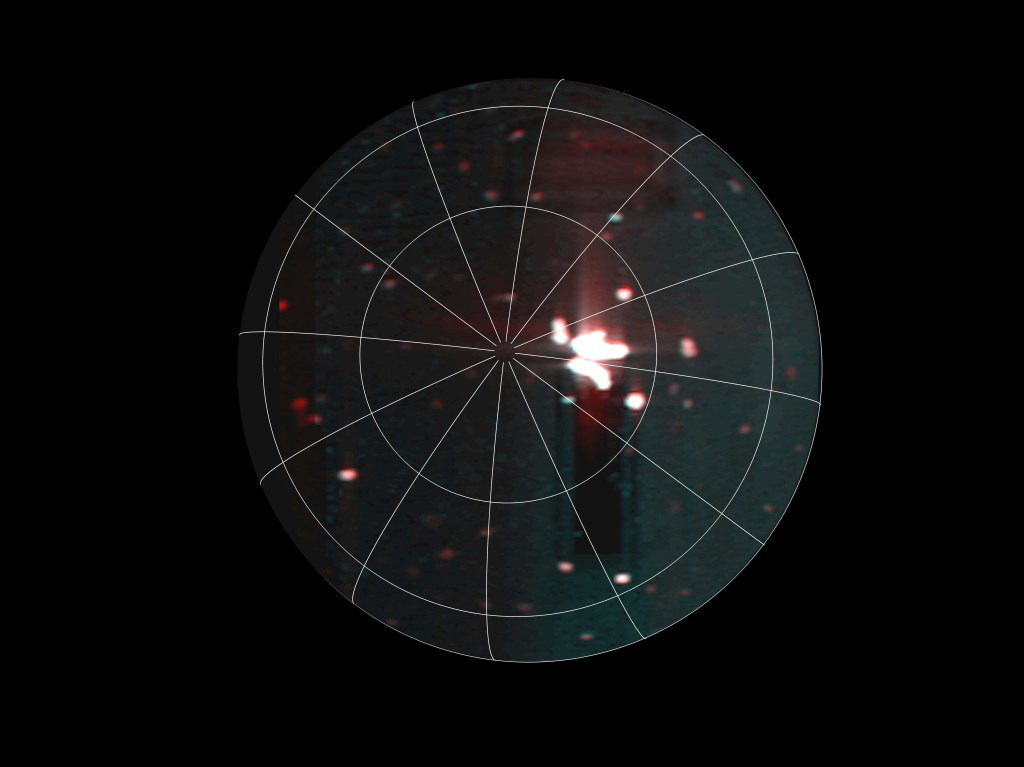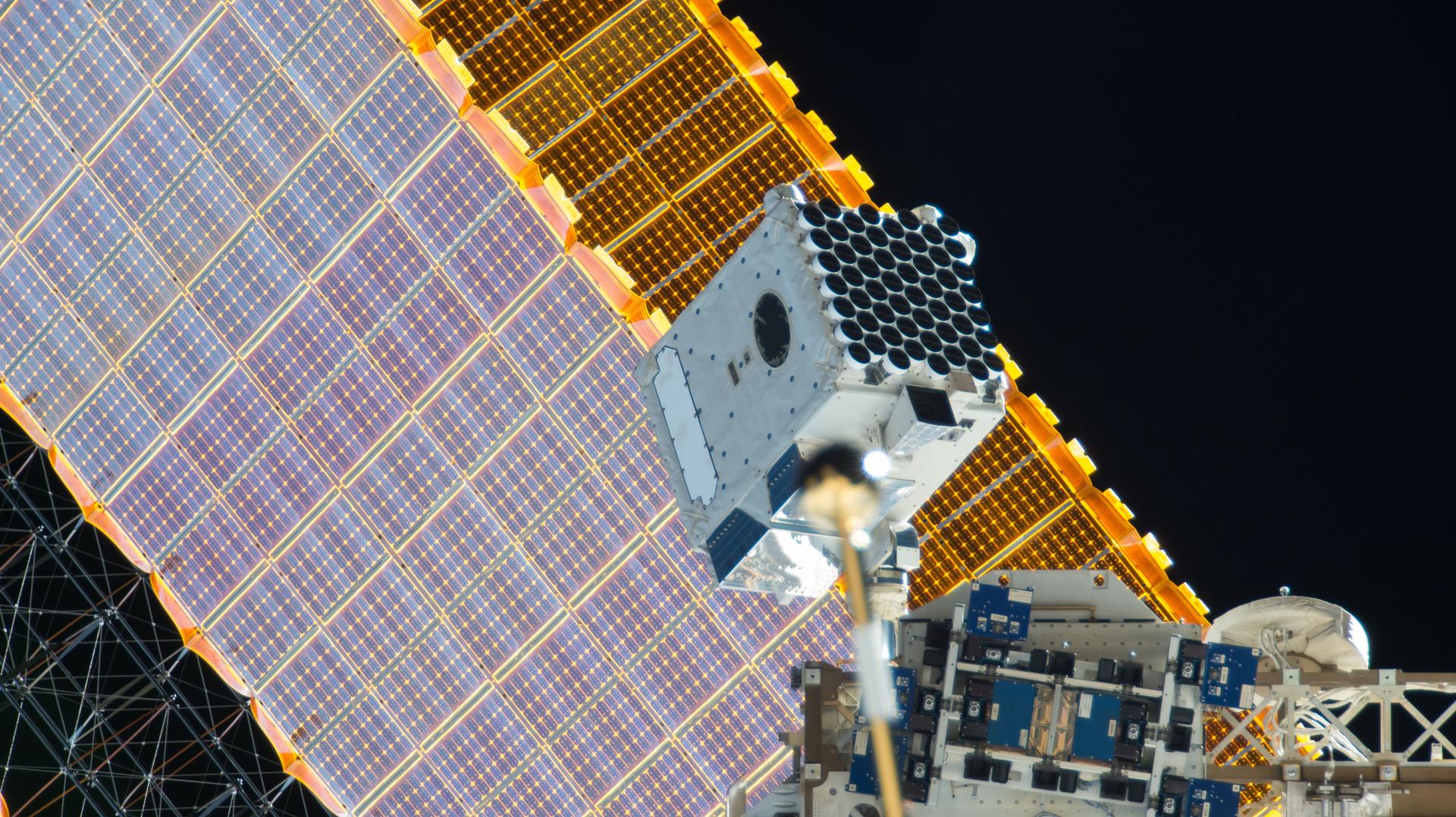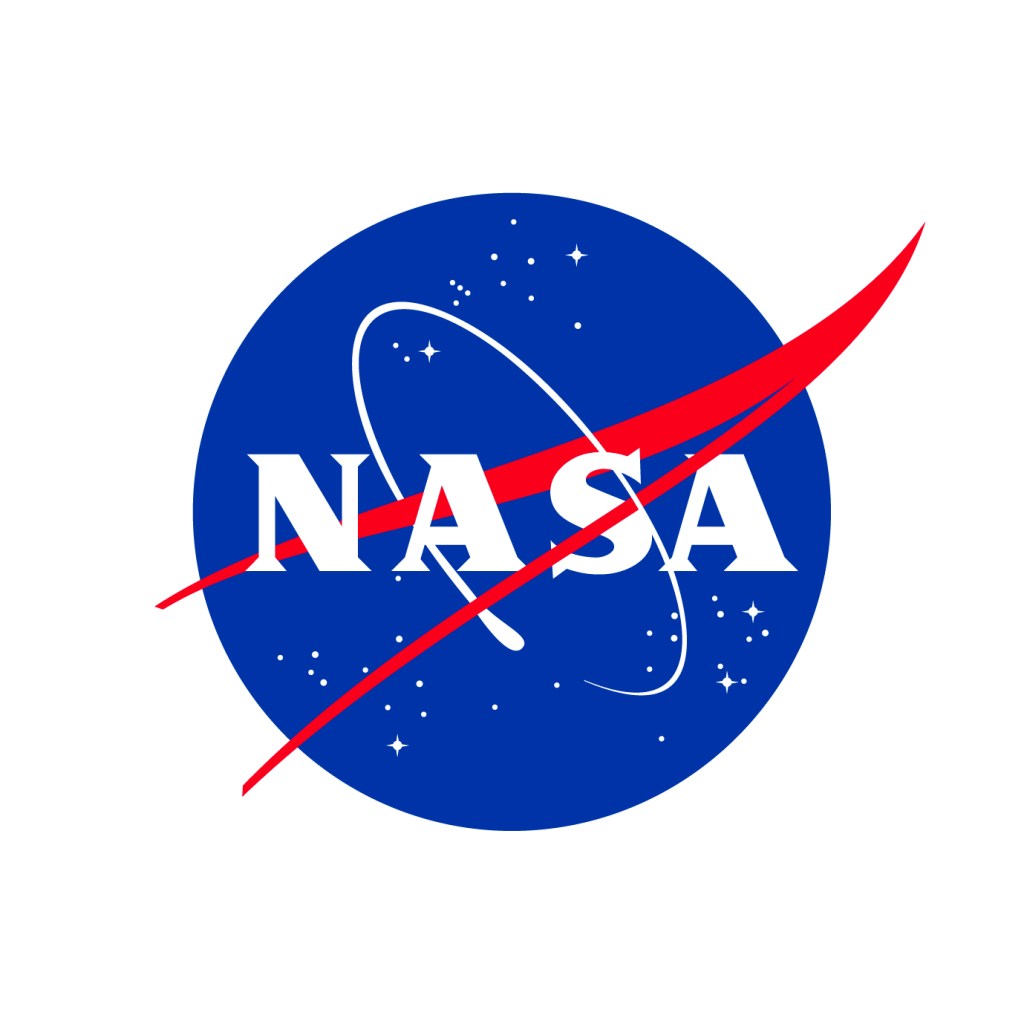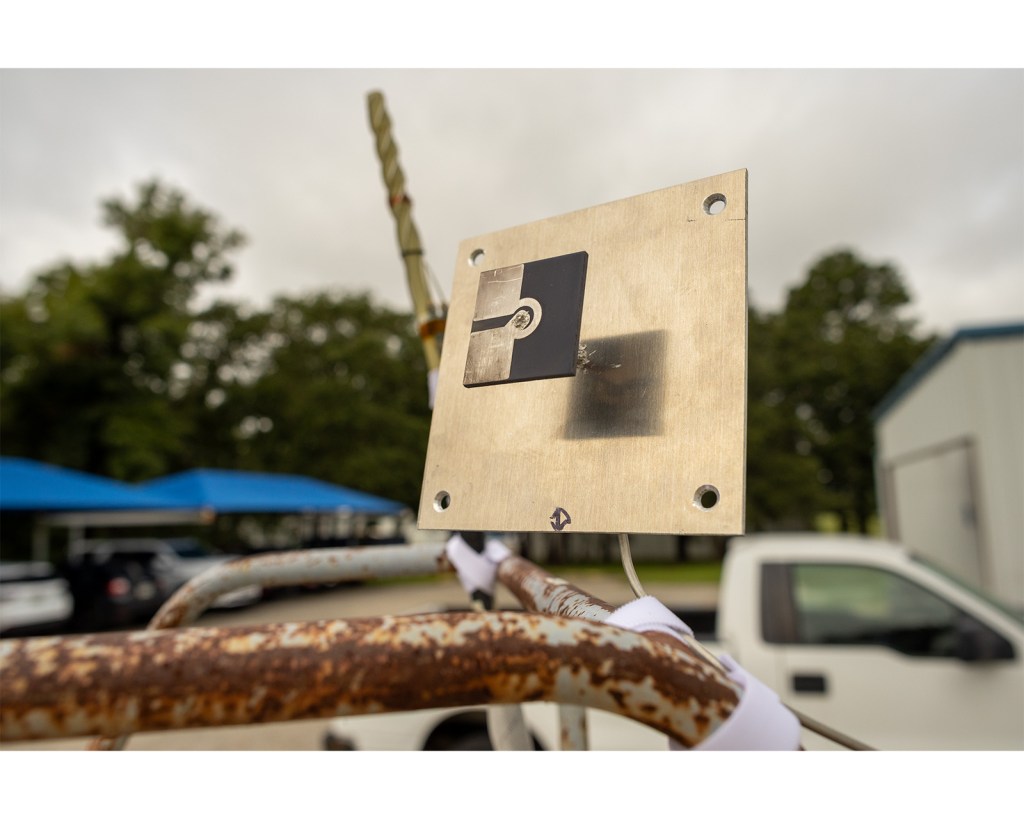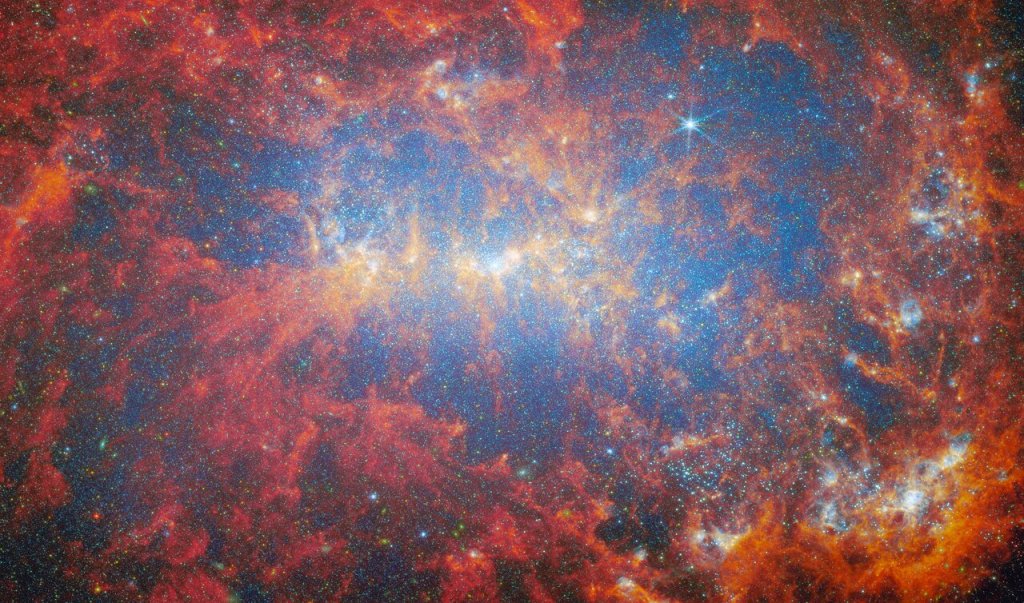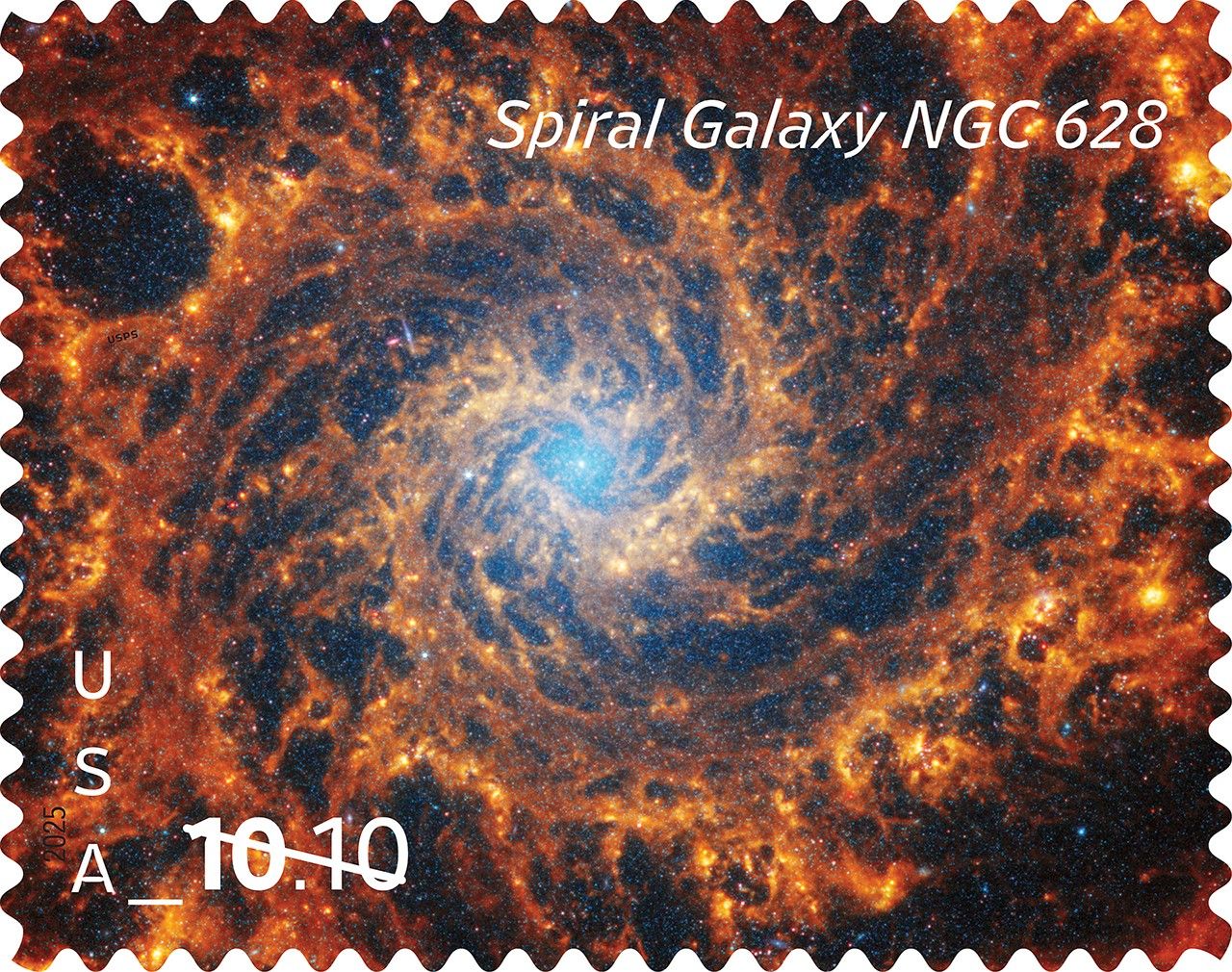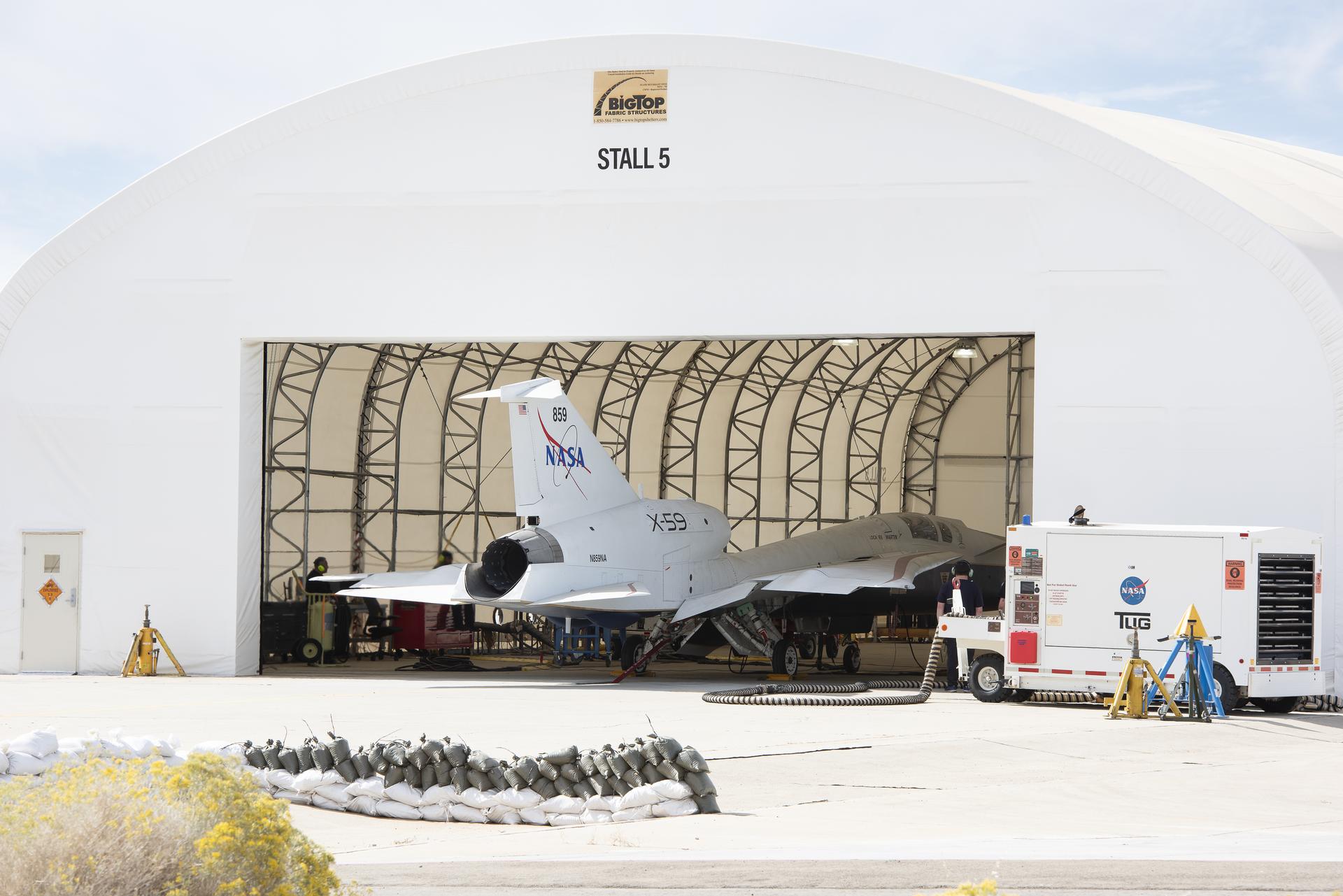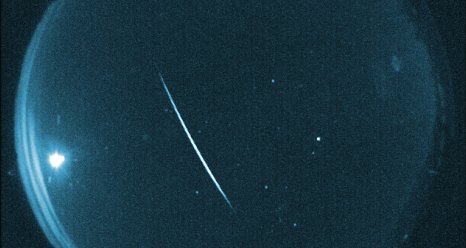Peaking in the wee hours of Jan. 3, a little-known meteor shower named after an extinct constellation, the Quadranids, will present an excellent chance for hardy souls to start the year off with some late-night meteor watching. The Quadrantids have a maximum rate of about 80 per hour, varying between 60-200. The very young moon will set early, presenting an excellent opportunity for meteor observations.
NASA’s Marshall Space Flight Center will offer a live Ustream view of the skies over Huntsville, Ala. You can view the Ustream feed on this page: http://www.ustream.tv/channel/nasa-msfc. The camera will activate at dusk (approx. 6 p.m. EST). Currently, skies are predicted to be cloudy over Huntsville for the first part of the evening, then clearing in the early morning hours for the best part of the show.
Unlike the more famous Perseid and Geminid meteor showers, the Quadrantids only last a few hours — it’s the morning of Jan. 3, or nothing. Given the location of the radiant — northern tip of Bootes the Herdsman — only northern hemisphere observers will be able to see Quadrantids.
Watch a fireball meteor blaze in the skies over Earth:
More About the Quadrantids
Like the Geminids, the Quadrantids originate from an asteroid, called 2003 EH1. After hundreds of years orbiting the sun, Quadrantids will enter our atmosphere at 90,000 mph, burning up 50 miles above Earth’s surface — a fiery end to a long journey!
The Quadrantids derive their name from the constellation of Quadrans Muralis (mural quadrant), which was created by the French astronomer Jerome Lalande in 1795. Located between the constellations of Bootes and Draco, Quadrans represents an early astronomical instrument used to observe and plot stars. Even though the constellation is no longer recognized by astronomers, it was around long enough to give the meteor shower — first seen in 1825 — its name.

